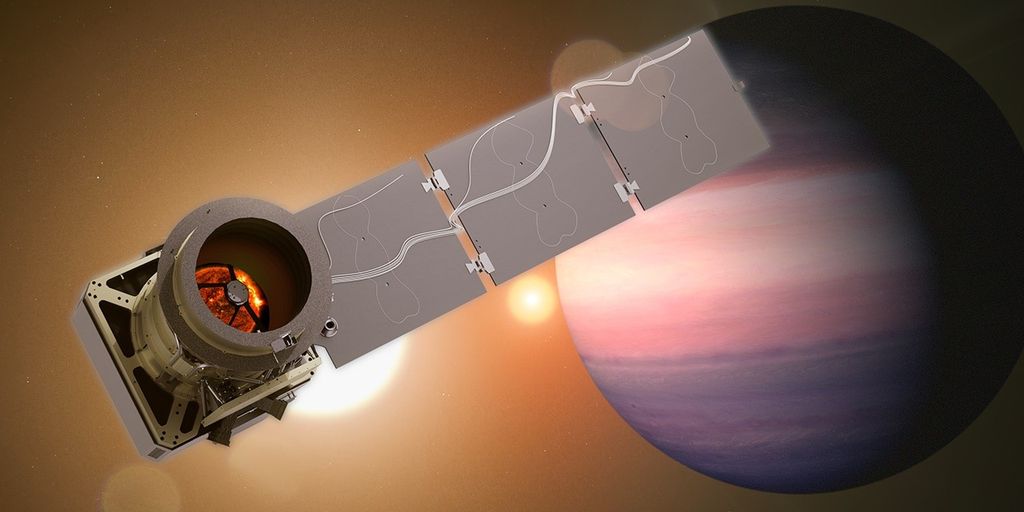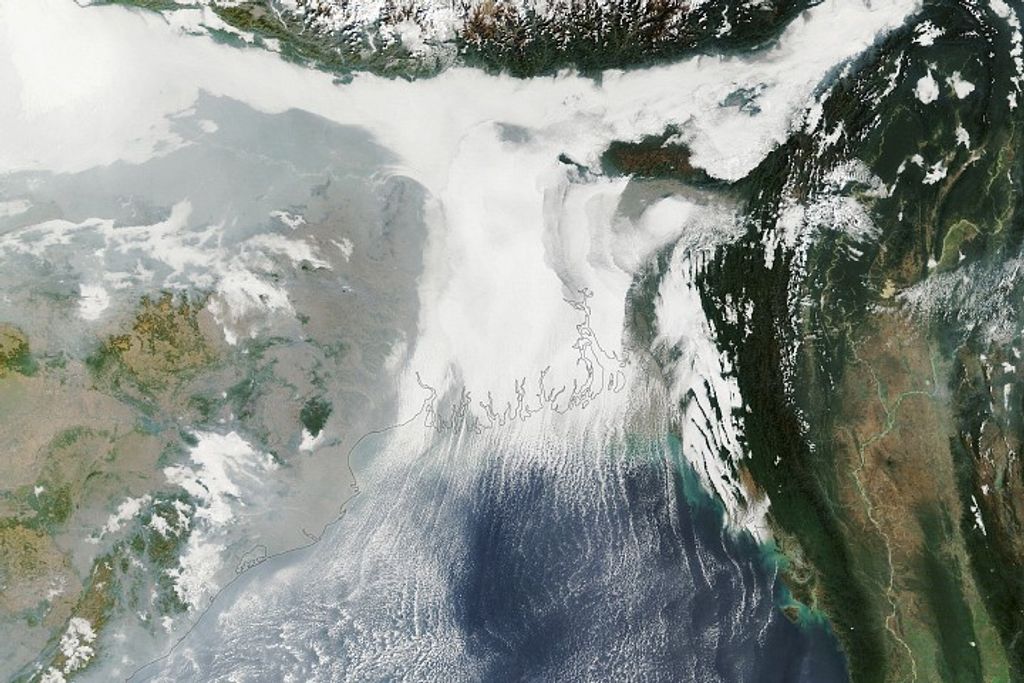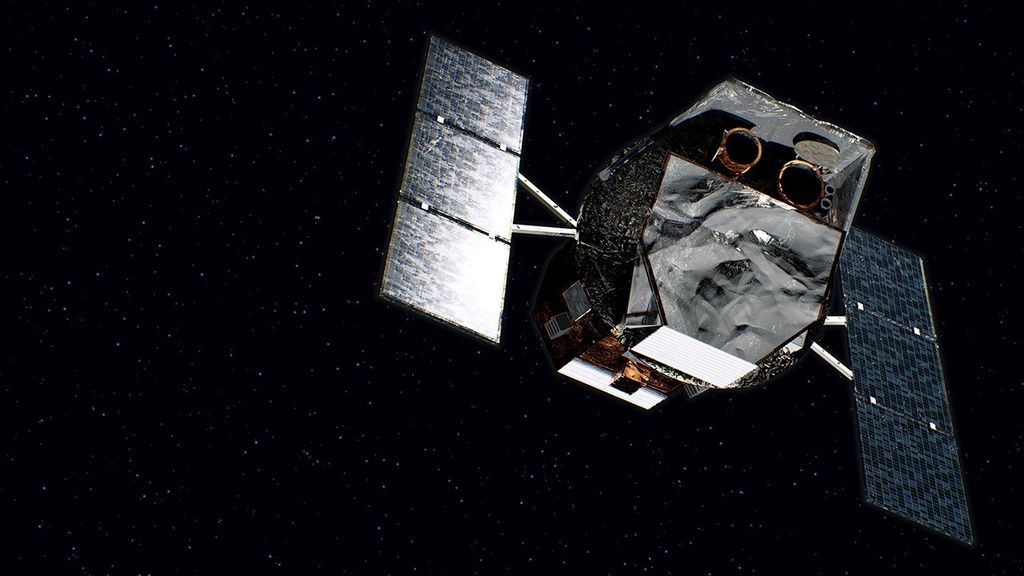1 min read
Comparison of Exoplanets 55 Cancri e and LHS 3844 b to Earth and Neptune
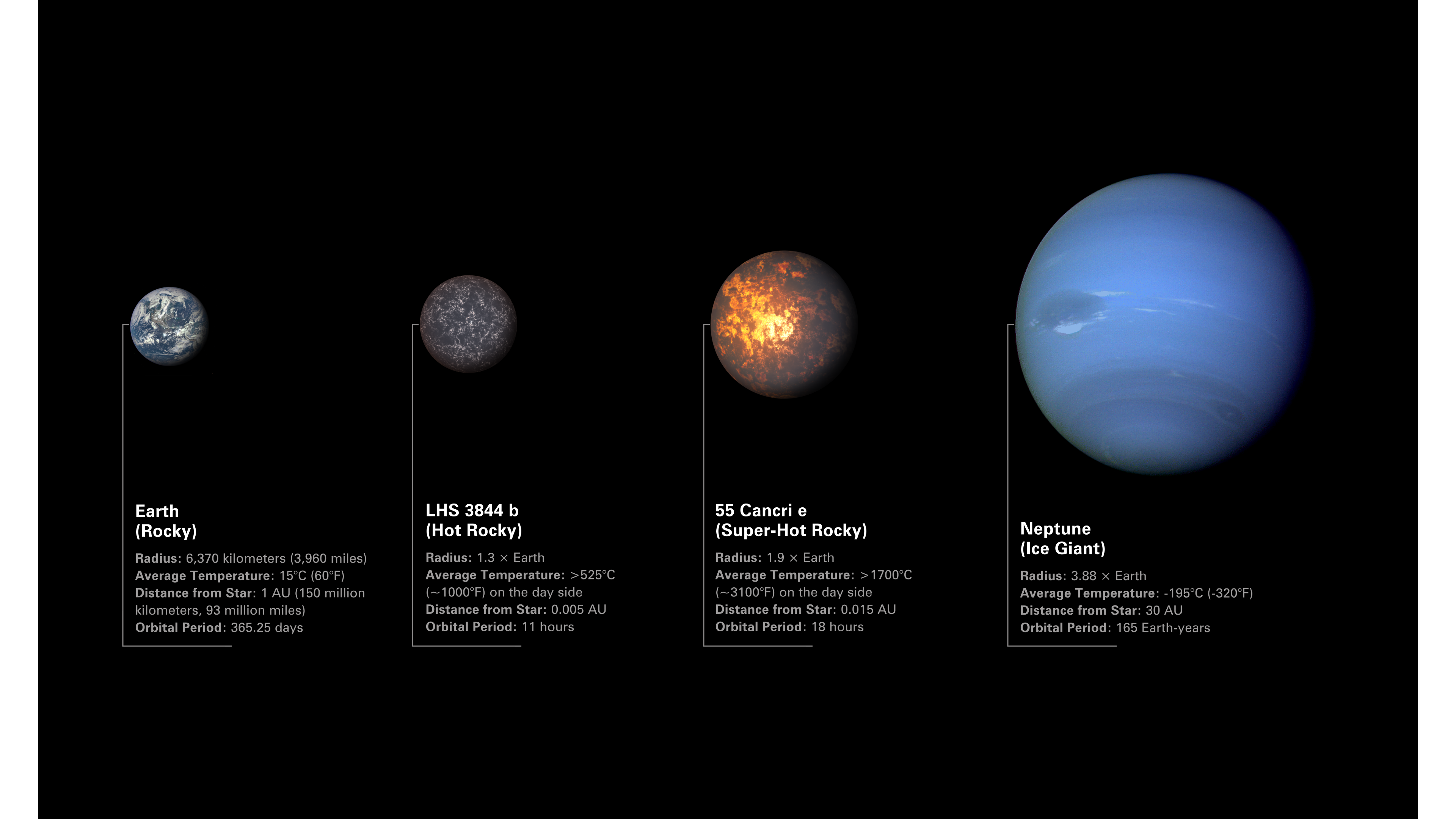
Illustration comparing rocky exoplanets LHS 3844 b and 55 Cancri e to Earth and Neptune. Both 55 Cancri e and LHS 3844 b are between Earth and Neptune in terms of size and mass, but they are more similar to Earth in terms of composition.
The planets are arranged from left to right in order of increasing radius.
- Image of Earth from the Deep Space Climate Observatory: Earth is a warm, rocky planet with a solid surface, water oceans, and a dynamic atmosphere.
- Illustration of LHS 3844 b: LHS 3844 b is a hot, rocky exoplanet with a solid, rocky surface. The planet is too hot for oceans to exist and does not appear to have any significant atmosphere.
- Illustration of 55 Cancri e: 55 Cancri e is a rocky exoplanet whose dayside temperature is high enough for the surface to be molten. The planet may or may not have an atmosphere.
- Image of Neptune from Voyager 2: Neptune is a cold ice giant with a thick, dense atmosphere.
The illustration shows the planets to scale in terms of radius, but not location in space or distance from their stars. While Earth and Neptune orbit the Sun, LHS 3844 b orbits a small, cool red dwarf star about 49 light-years from Earth, and 55 Cancri e orbits a Sun-like star roughly 41 light-years away. Both are extremely close to their stars, completing one orbit in less than a single Earth day.
- Release DateMay 26, 2022
- Science ReleaseGeology from 50 Light-Years: Webb Gets Ready to Study Rocky Worlds
- CreditIllustration: NASA, ESA, CSA, Dani Player (STScI)
Related Images & Videos
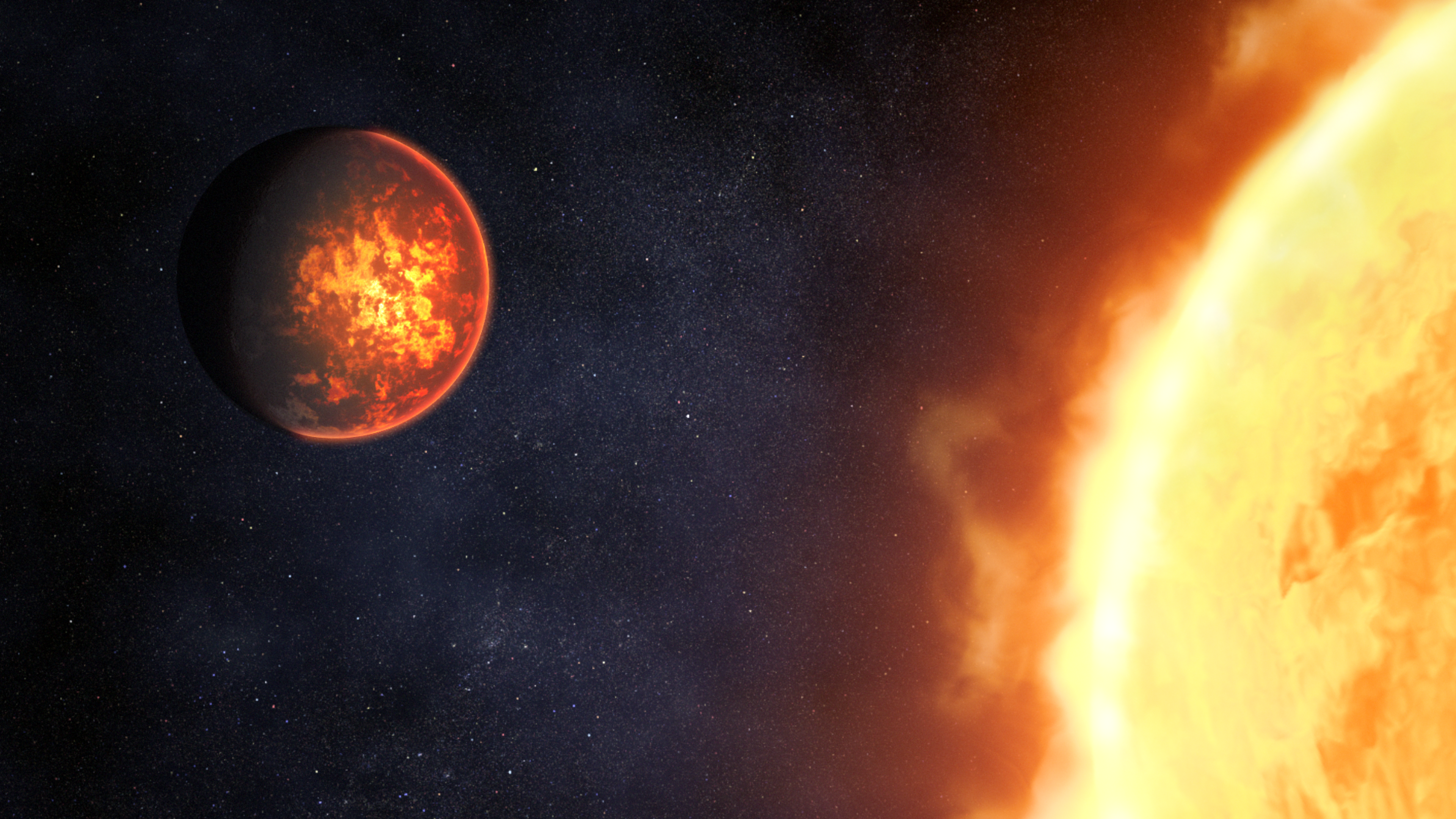
Illustration of Exoplanet 55 Cancri e and Its Star
Illustration showing what exoplanet 55 Cancri e could look like, based on current understanding of the planet. 55 Cancri e is a rocky planet with a diameter almost twice that of Earth orbiting just 0.015 astronomical units from its Sun-like star. Because of its tight orbit, the...
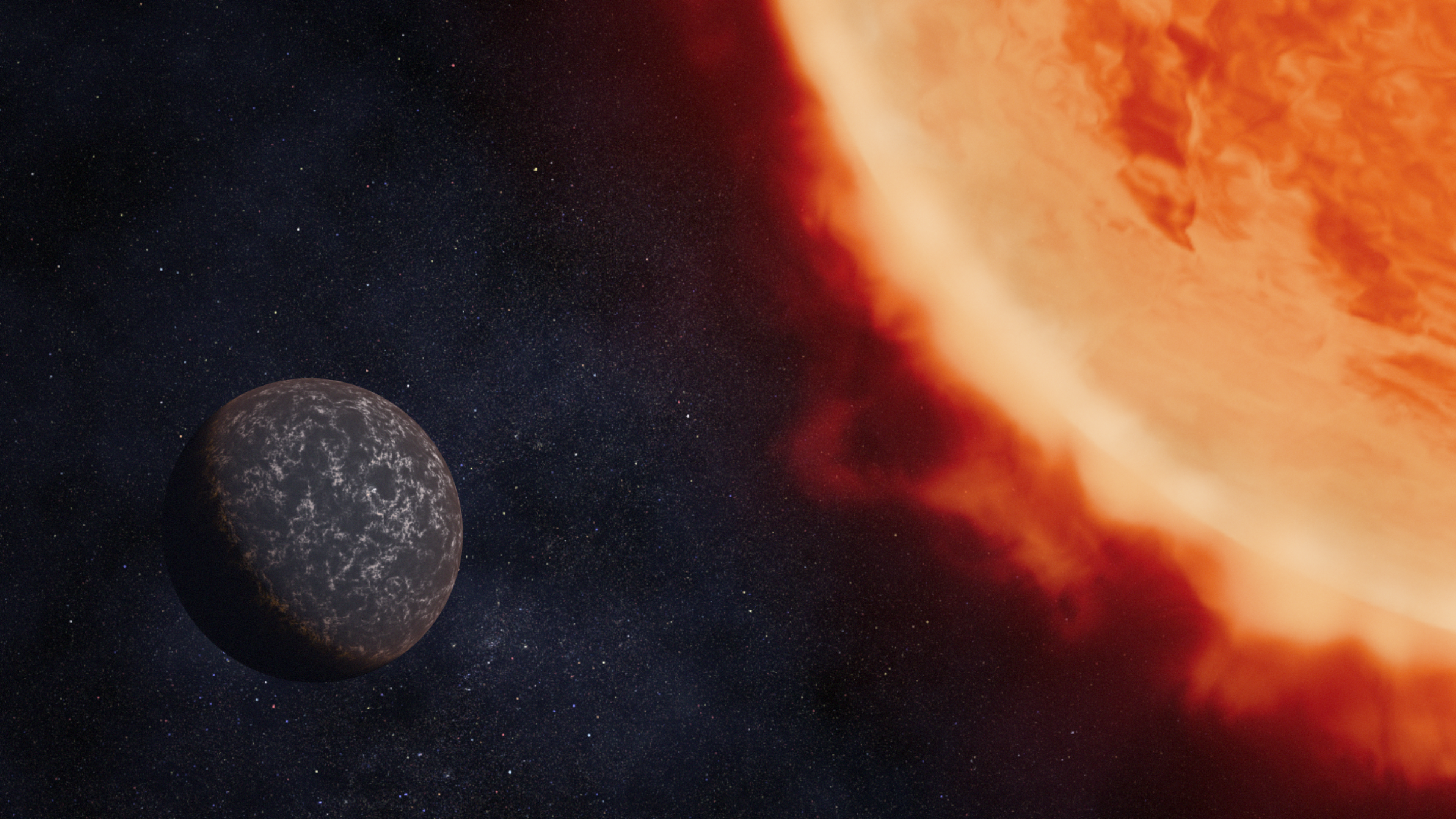
Illustration of Exoplanet LHS 3844 b and Its Star
Illustration showing what exoplanet LHS 3844 b could look like, based on current understanding of the planet. LHS 3844 b is a rocky planet with a diameter 1.3 times that of Earth orbiting 0.006 astronomical units from its cool red dwarf star. The planet is hot, with dayside...
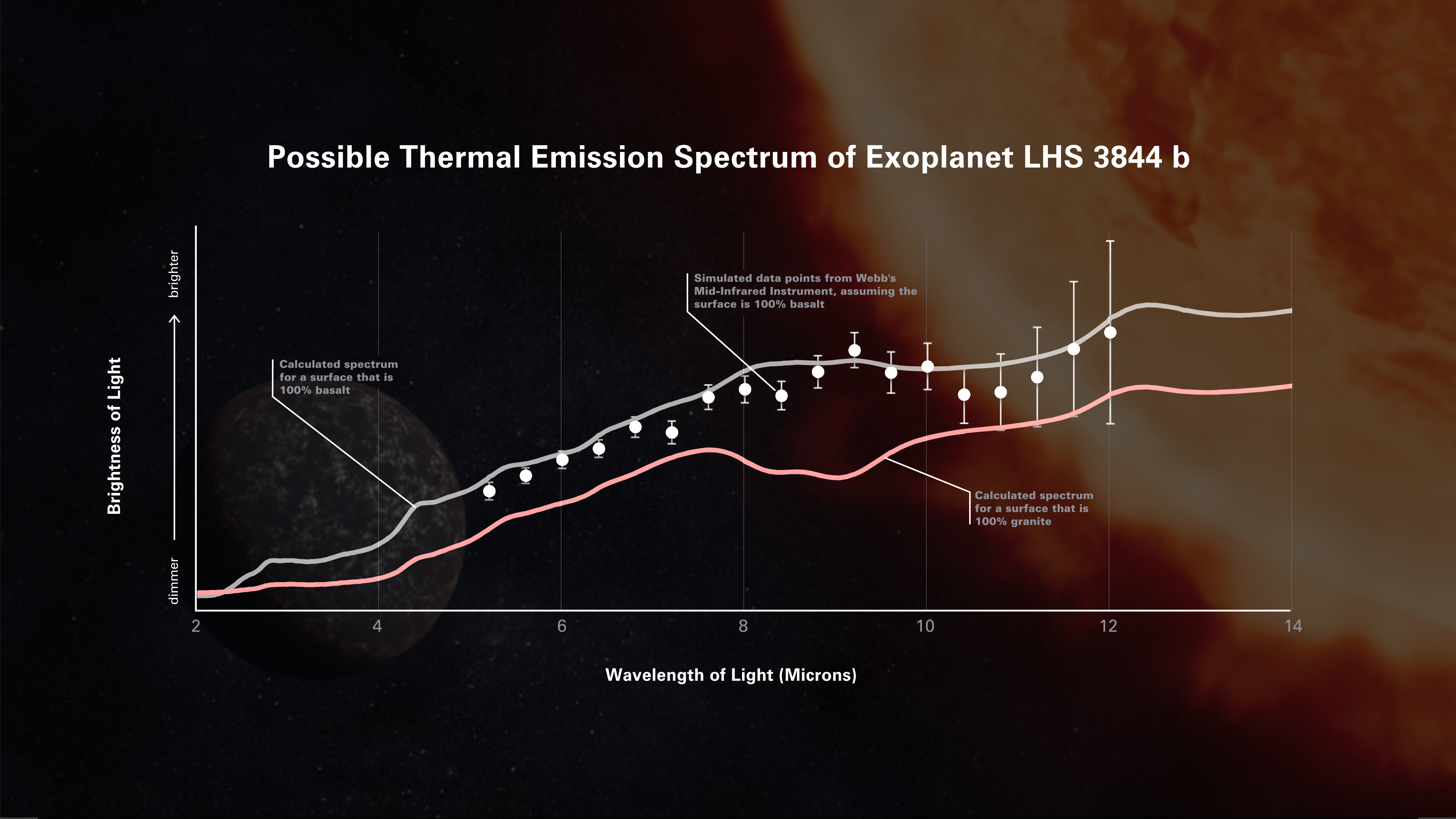
Simulated Thermal Emission Spectrum of Exoplanet LHS 3844 b
Possible thermal emission spectrum of the hot super-Earth exoplanet LHS 3844 b, as measured by Webb’s Mid-Infrared Instrument. A thermal emission spectrum shows the amount of light of different infrared wavelengths (colors) that are emitted by the planet. Researchers use...
Share
Details
Laura Betz
NASA’s Goddard Space Flight Center
Greenbelt, Maryland
laura.e.betz@nasa.gov
NASA, ESA, CSA, Dani Player (STScI)




